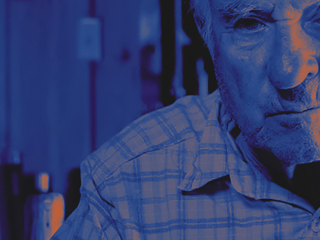Get your PDF copy of Marketing Trends 2023: The Year of Endurance
Fair warning, this is a relatively long read. If you don’t have the time to take it all in now, you can download the PDF version of Marketing Trends 2023: The Year of Endurance for free by clicking below. Otherwise, just keep reading!
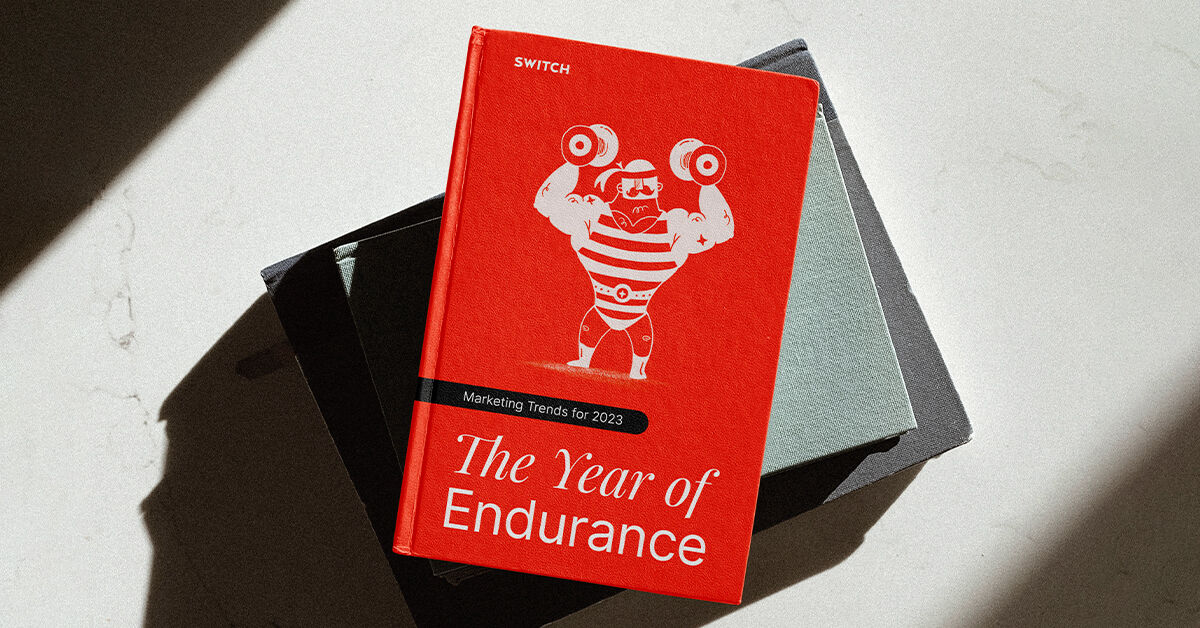
Looking back on 2023 Marketing Trends
A lot can change in a year.
This time last year, we were working with a different set of trends, a different understanding of the industry around us, and the knowledge that the early predictions for 2023 had already delivered some interesting results – but there was still a whole year left ahead of us to see if we’d gotten the early predictions right on the money.
Trendwatching is usually right. But human nature is unpredictable, and some of the trends that crop up early either pan out early, or something else happens that overtakes their previous momentum and turns what could have been a big splash into a little ripple in the pond.
Here’s how we did for 2023, looking back in 2024.
And if you’re looking for the latest in trends, our new set of predictions for 2024 is available right here in a handy ebook so that you can download and read wherever you want.

2023 in Context
Things change slowly on the global scale. The problems customers have endured since the end of the pandemic and into the beginning of the post-pandemic haven’t gone away. Housing is still expensive. Climate change is still a pervasive worry. Work is still underpaid and overabundant. The word ‘inflation’ is echoing around the planet.
The last few years have been hard on everyone.
2023 was no different.
The war on Ukraine and the rampant energy crisis are going to push a lot of people into corners they can’t back out from.
Add in the decreasing trust in formal institutions, and you have a consumer culture that is desperate for change.

Prediction: Active(ism) Listening
Brands needing to support a cause is nothing new.
But they absolutely have to support the right cause in the right ways.
2023 is going to put brands that thrive on doing social responsibility and good governance in the spotlight, and really make them justify their behaviour and what their brand stands for. It’s no longer a case of CSR-for-the-good of the brand, where companies help out to hide the fact that their operations are almost certainly not in line with their brand values.
It’s more than that. It’s ESG: environmental, social, governance responsibility. An internal metric for a brand to behave right: for the brand to look at its impact in society and to make itself stand up to what its consumers want to see. To be fair. To be responsible. To be good because it wants to be, rather than because it has to be to court the most profit.
Customers are especially feeling the pinch in the coming year, so finding empathic brands who can support them now is going to be a lynchpin for brands who have slowly been dormant to regain their place in the global marketplace.
Did it come true?
Definitely. In fact, it’s become increasingly important for brands to identify, and quickly, what their values are to their consumers, what side of a divisive conversation they stand on – and it’s become critical that if brands don’t have a side to stand on, they find one. Brands no longer have the opportunity to remain neutral and hope for the best – and while we can argue that the consumer obsession with pure brands has been taken to astronomical extremes by social media, there’s no denying that it works.

Prediction: ‘Just-Like-Me’ Marketing
Marketing is never going to look the way it used to before 2022.
A big part of brand relatability comes from seeing people who look the way you look in their ads, and from seeing customers with the same life experience showcased, the same problems spoken about, and the same ideals championed. Brands will keep diversifying their ads well into 2023 and beyond, and we’re poised to see this turn into one of the strongest marketing movements of the ‘20s.
Did it come true?
This isn’t a movement that was going to start and end in 2023, so while the progress is slow, we’re seeing ads with a much higher percentage of diversity than before. Just look at Adidas Sweden’s first-ever Ramadan campaign.

Prediction: IRL Online
One of the best things that came out of the last few years is the sudden realisation that technology has advanced far enough that we can hold events online and have them stand alongside real-life events with no drop in quality; in fact, online activations can go farther than real-life activations can, and are available to a lot more people. In 2023, we’re going to see a lot more of these activations taking place despite the fact that real life events are coming back into the fray.
Did it come true?
Well – sort of. We have unprecedented capacity to hold online activations, but as it turns out, people still prefer the lure of the IRL to the convenience of online, so while online activations are still happening, they’re online versions of IRL events.

Prediction: In(scent)ive
Scent-based marketing
The rise of perfume accounts on social media and the greater uptick in home scent purchases is heralding a new opportunity for brands to dig deep into their identity and bring scent as another facet of communication for their audiences. The rise of niche and uncommon scents also promises new territory for brands looking to diversify their product offerings – and with a ready stream of perfume and scent fanatics ready to review any new item that comes their way, it’s a trend that promises to be very rewarding to the companies willing to invest in it.
Did it come true?
Sort of! Recently, McDonalds went viral for an activation that fanned the scent of their freshly-cooked fries to passers-by. That said, scent remains a niche trend that brands have yet to pick up on, and it might never grow to the same heights as makeup or cleaning or other trends that appear on Tiktok. Is it still a trend worth watching? Yes, for an opportunity to stand out from the madding crowd – but it didn’t turn into the behemoth we were predicting it would.

Prediction: Helping Brands
Brands helping their community
There are a lot of problems in the world that brands can help with.
The burden of taking care of consumers shouldn’t have fallen to brands regardless, but with consumers trusting brands more than they do official authorities, brands can capitalise on the current situation to build a lasting impression on their audience.
But they have to be genuine about it.
And they have to mean it.
As we stated a year before, brand purpose doesn’t start and end at the financial quarter. Brands that opt to help their audiences with the struggles they’re facing – from higher prices in store to the increase in bills to the ongoing climate crisis – will benefit from the better world they help to build, provided that they find a cause they believe in and make the changes necessary in the ways they do business, whether it’s building a community around their product or making a sacrifice to profits and prices.
Did it come true?
There’s less news about brands helping out their communities, but it doesn’t mean that it’s a metric that has gone the way of the dodo. Brand news tends to make the, well, news nowadays if it’s something controversial or something that’s tied into a current event. For every BDS McDonalds movement, there’s a similar and equal movement to uphold brands that have value, so while we’re not hearing more about the brands that are helping, it doesn’t mean that this trend is no longer viable.
In fact, we’d probably consider this one of the more important trends to come out of 2023 – so much so that community-led values are probably considered the bare minimum for brands.

Prediction: You Are What You Eat
Food-based collaborations
One of the greatest undisputed pleasures in life is food – and in 2023, we’re going to see a lot more of where food shouldn’t be with off-the-wall makeup, clothing, and home goods collaborations. This trend isn’t new to anyone: previously, UK brand Greggs and German supermarket brand LIDL launched clothing lines to critical acclaim and sold out in mere hours.
Quirky products and unique styles are back on the market and stronger than ever.
Part of it is in the innovation of it all: people have grown tired of the minimalist, samey approach that has dominated the personalisation landscape for the last few years, and are looking to stand out with what they purchase. Add in the current obsession with telegraphing which brands you support and why, and you have a perfect recipe for 2023 to bring out some very interesting product tie-ins.
Did it come true?
Yes. Quirky, food-led activations are growing more proliferous across the industry, though it’s likely that we’ve yet to see the full scope of what these collaborations are capable of.

Prediction: Elusive Inclusive
Deaf and blind inclusivity
In 2023, we’re going to see a far deeper form of inclusivity in the way that brands address their consumers: from sign language and braille included in product packaging to a greater focus on creating products that everyone can use regardless of capability. While it’s likely to take a little longer to become a mainstream addition, 2022 has shown us that people want to see people like them in advertising, and that there are marked spaces that have yet to be filled.
Did it come true?
It falls underneath the larger category of increased inclusivity across the board, but it has taken a step back in terms of where it was at the beginning of 2023. With so many other diversity issues rising to the fore, this one’s been subsumed in other approaches, but it’s still worth keeping in mind when creating ads.

Prediction: Gaming the System
Gamified advertising
Interactive ads are memorable. Add in gaming elements and that memorability becomes even more potent.
Your consumers are inundated with information every second of the day. Brands compete for their attention, and it becomes second nature to ignore those messages and therefore the brand that is communicating with them. This is especially true when it comes to attracting new consumers.
Did it come true?
The metaverse never quite picked up the way it was promised, but the rise of online gamified advertising increased exponentially throughout 2023, and keeps growing. As the technology becomes more commonplace, we’ll likely see more of this – and 2024 has already shown that they’re some of the most interesting activations for consumers to engage with and brands to build on.
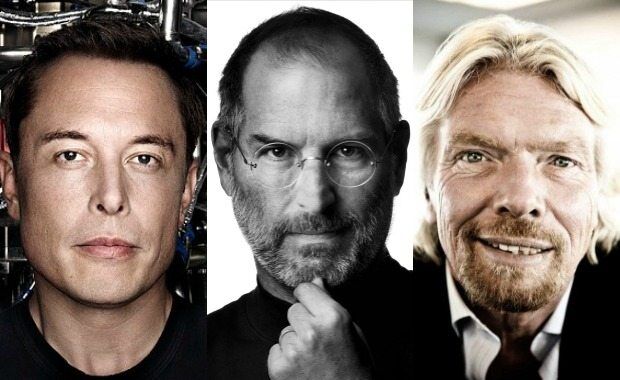
Prediction: CEO, Entrepreneur
Rise of the Public CEO
When governments can’t support people, people find a new place to turn to.
For many, that place is brands and the CEOs that lead them.
The idea of a celebrity CEO or an influencer CEO isn’t new: Jeff Bezos, Elon Musk, Bill Gates, even Steve Jobs all had elements of celebrity CEO. What is different in 2023 is that we’re going to see more small and medium enterprises make their mark on their audience using their CEO as an identifier for their entire brand, and using their words to boost brand recognition.
The last few years have been an investment in building brands that align with what consumers believe in. In 2023, your brand is your CEO – and what they can do fix the problems most consumers are facing.
Did it come true?
Yes – and it’s going to keep growing.
In 2024, the public CEO is an asset that no business can put aside. As consumers become more selective about which brands they support, they’ll dig deeper to find reasons to or reasons for supporting the same brands. By making your CEO the public face of your organisation, you’re running the risk of isolating the segment of your audience that might not agree what he says – or attracting a larger potential audience of people who have never heard of your business, but have heard of your CEO before.

Prediction: You Had to Be There
Limited pop-up activations
Real-life events have come back – and in 2023, we’re going to see a lot more people seeking out experiences that take them out of the house and make them a set of new memories.
Limited-run activations help brands connect. Brands that put their all into small events created specifically for their consumers, their fans, and their would-be consumers are going to see the benefits of what it means to have a community in a year that is going to thrive on building connections.
Did it come true?
Yes. Like online activations, this is a segment that might be growing slowly, but it’s growing nonetheless, and every year it evolves a little more.
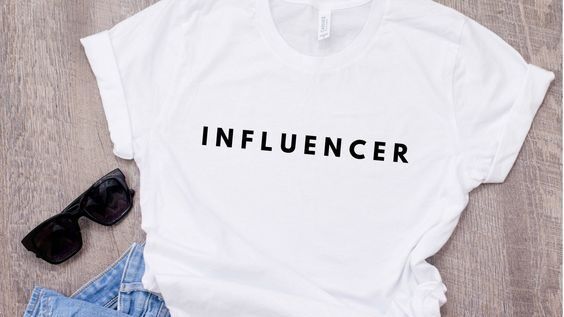
Prediction: Macro, mini, micro, meta?
Macroinfluencers are on the way out.
They’ve been in steady decline since before the pandemic, but COVID-19 and the months after really put a stop to a lot of influencers’ climb. Additionally, the ongoing problems of Instagram mean that a lot of the original macroinfluencers have to find other ways of creating connection with their audiences – either by moving to a new social media, or by working in a different niche.
For 2023, we’re going to see less macroinfluencers around, and more virtual influencers and micro-influencers, though this hinges on the platforms they’re using to communicate. With Instagram’s changes making it that much harder to create a meaningful foundation for influence, it’s likely that we might see a stop to influencer marketing in general, but a big leap in virtual influencers where brands can hinge on the technology and innovation rather than the human connection.
Did this come true?
Yes, and no. Macroinfluencers don’t hold the same brand-partnership lure as they did at the height of their rise, but influencer marketing as a whole is still considered one of the more effective ways of marketing, regardless of what industry you’re in. Additionally, the diversification of influencer markets into different niches and platforms means that influencing across the board is on the rise, so we’re seeing a new generation of macroinfluencers come into their own – some made specifically to take advantage of the interest in AI.
Other 2023 Trends of Note
Sometimes the trends we see are relevant for that year only. Maybe their importance drops; maybe they just become a part of the world we live in; maybe they were only relevant that year because of mitigating circumstances.
It’s still worth knowing about them. Trends are cyclical; trends can repeat themselves, if the right circumstances are met.
Here’s trends from 2023 that aren’t as relevant yet in 2024 – but it doesn’t mean they’ve stopped being important.
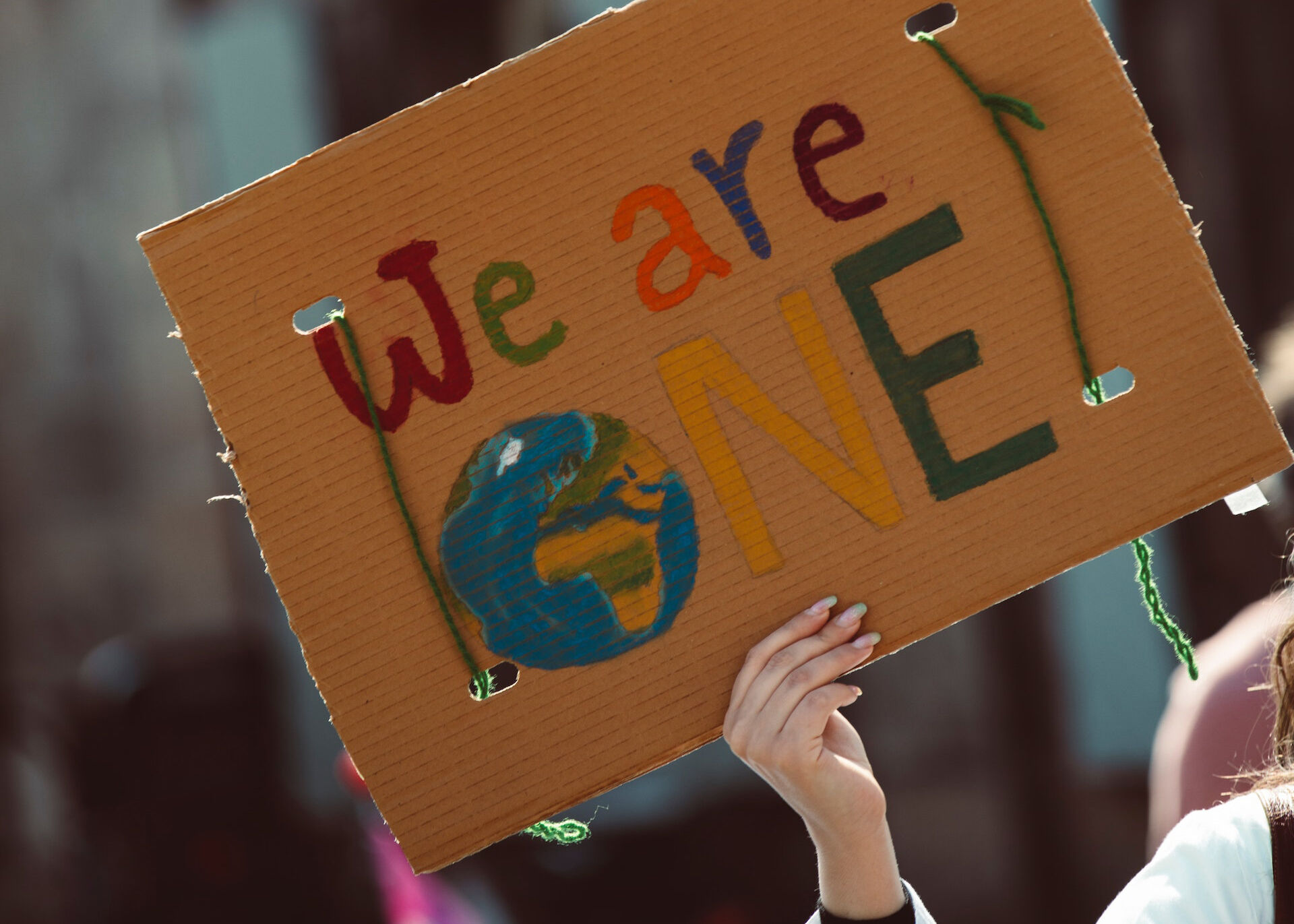
We are the World
There isn’t a moment before climate change that people remember.
Brands can help change that – but it requires deep-down change. Fundamental change.
Change that lasts through the rest of the brand’s existence.
It’s true that corporations create a significant amount of waste. It’s true that there are ways of combatting that waste – but a lot of what we know about the eco-friendly movement has been built on greenwashing, and there’s enough confusion around what actually helps that brands need to make a clean slate of it.
And that starts with education. Educate yourself. Educate others. Educate consumers.
The more education there is going around, the easier it is to put measures in place that can help everyone.
Is this relevant in 2024?
This is one of those trends where it’s become the norm, and doesn’t really stand out as a trend any more. It was very relevant in 2023 with the shift away from CSR and into ESG; in 2024, it’s a given that corporations need to change. The writing is on the wall for the ones that don’t, and while it might take a while for them to fall, the tolerance that people have for brands that don’t change is decreasing year on year.

I Am Woman
Women’s rights the world over remain a pillar of social change that brands have yet to completely catch up with. However, the recent global events that have pushed them back to the forefront means that brands wanting to capitalise on this trend have a thorny road ahead of them.
It’s impossible to please everyone. Women’s rights are the kind of issues that will prove divisive to your audience, and if that matters to you, do your audience research first.
If it doesn’t, put women forward. Crowdsource information from the women who use your products, and not just the ones in your community. As we’ve said about the diversity measures brands undertake, a key metric to avoid is marketing to the smallest segment possible and still calling it inclusivity.
The world does not work in small segments.
And your consumers will not appreciate the obfuscation, either.
Is it relevant in 2024?
2023 had a lot to say about women’s rights. Not all of those things were equal or fair, and brands responded by working to highlight and draw awareness to those things.
In 2024, women’s rights are still relevant, but there are other causes to be elevated and spoken about, and brands have to make a choice on which gets their attention. It isn’t that this has become less relevant; hand in hand with the next trend, it has just simply become part of established communication.

I Know You
Relatability.
It’s the hardest attribute for brands to pull off.
A lot of brands simply broadcast sales messages so they are, by definition, unable to listen.
However, the people behind the brands need to learn to relate to their audiences.
Your consumers are changing. Your consumers are always changing, in myriad ways: growing older, growing poorer, growing richer, growing more. A big part of your brand’s success is to understand those changes and to adapt to them, rather than waiting for your consumers to adapt to you.
That’s what builds community. It’s what builds relationships.
Brands need to relate to their audiences. If you haven’t started by now, there’s still time until the end of the year to do so – but make it your priority. Consumers are quick to shift their loyalties to brands that relate to their experiences more.
Is it relevant in 2024?
It’s still relevant in 2024. Brands still need to communicate to their consumers, and they still need to relate – but the cost-of-living crisis has set this back a little, and highlighted the importance of price alongside being able to relate to your consumers. As the cost-of-living crisis worsens, price and budget take priorities over whether consumers opt for that brand.
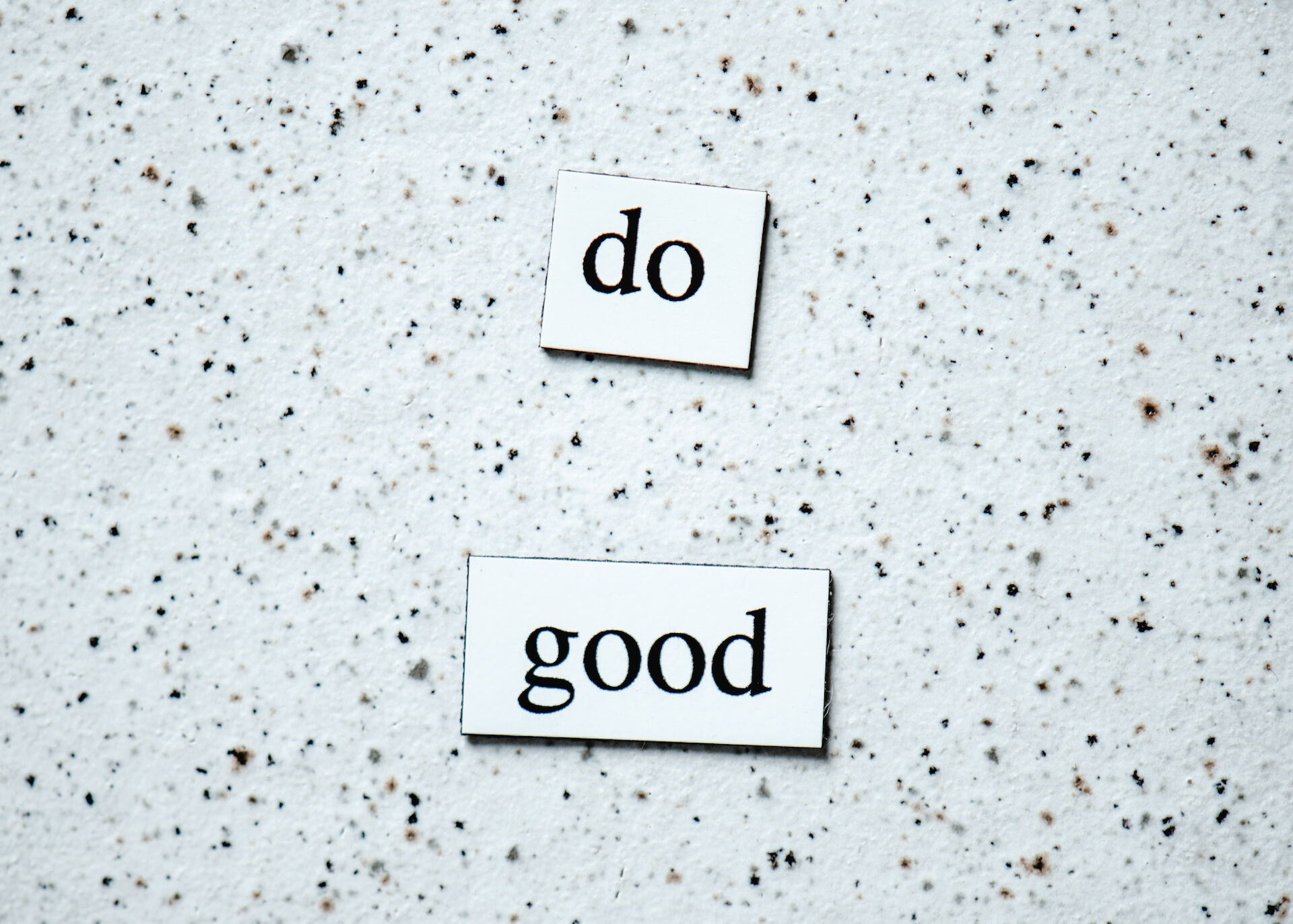
Conclusion
Last year, we spoke about trends as the result of change.
To a certain extent, that still holds water.
But in 2022 and 2023, we predicted that the trends we’re seeing will be the catalyst of change. Brands and small businesses have more power over the consumer than ever before, and those that understand how to use that power will set the pace for the innovations we’ll see after.
This is all true.
In 2024, we are in the heart of that changing landscape, and brands who haven’t yet found their footing are going to struggle with the way the world is working.
But you don’t have to struggle alone.
Our goal as an agency has always been to help, to push good causes, and to make your business work better. If you’re struggling to understand where your brand fits into all this, that’s why we’re here.
Drop us a line: we’re always happy to help.
And if you want to check out the trends we have for 2024, you can download them here.


